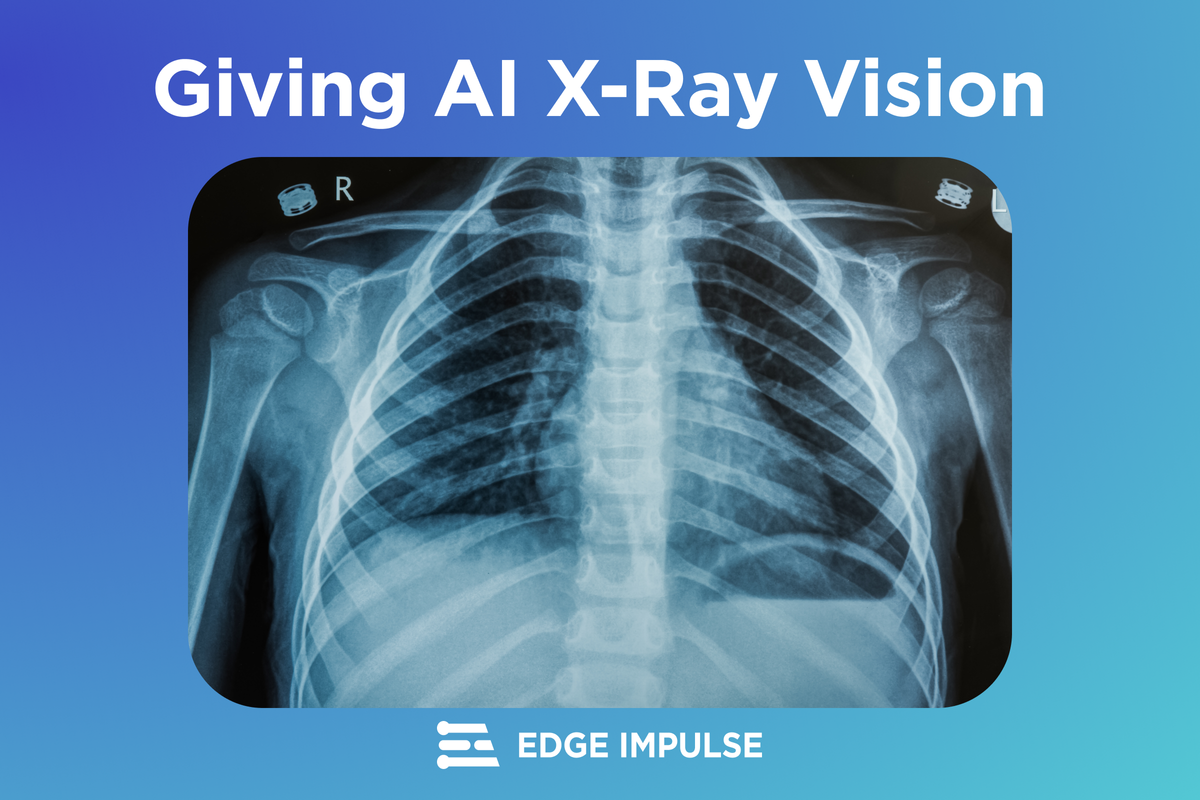CHIPS
Regular
Thanks Reuben for clearing that up for us, and thanks to you mrgds too!
TD I'm sorry, there are more important things to do. Please excuse us for keeping you from work today, we're just very interested.
This is part of his work!
Thanks Reuben for clearing that up for us, and thanks to you mrgds too!
TD I'm sorry, there are more important things to do. Please excuse us for keeping you from work today, we're just very interested.
I used to get emails advertising penile enlargement - until I taped over my computer camera - then they stopped.Was thinking more augmented boobs.
You get outside agents to come in and give you a lift up ......so to speak.

Yep! wild-goose-chaser-in chief ... lucky he doesn't pluck pheasants.This is part of his work!
I'm not sure what planet you're from, but I want to visit..
Maybe you better read my last sentence before overreacting. You post something and someone reacts on this. It’s very common in a forum.
I didn't like your last posts either, just because you point to poorer and also concerned people who dare to question BrainChip and the stock price. Please remember that there are various people on this forum who have bought at a higher level, who don't have as much money as you, or who simply have a different opinion than you. There is never the need to attack or make fun of anyone for it!
Be good if didn’t use this forum to stroke your ego.What happened to Renesas and Megachips. ??????
Huh.Be good if didn’t use this forum to stroke your ego.
He did not mention Transformers in his 9 months ago presentation. In that one, he points out the solution includes Nota.AI and Alif Semiconductors.I need help from an expert here, but isn’t Vision Transformers at the Edge an Akida 2 speciality?
View attachment 59958
He did not mention Transformers in his 9 months ago presentation. In that one, he points out the solution includes Nota.AI and Alif Semiconductors.

 www.edgeimpulse.com
www.edgeimpulse.com
Thank you for this interesting news!Akida detecting pneumonia.
"Artificial Intelligence may never be able to fully replace a doctor, but it can certainly help..." Read full blog:

Classifying Medical Imaging On-Device with Edge Impulse and BrainChip
One of the key benefits of AI in medical diagnostics is its ability to enhance the speed and accuracy of diagnoses.www.edgeimpulse.com

 www.edgeimpulse.com
www.edgeimpulse.com
Maybe you need to change your name to super slow as ilove beat u to it
Classifying Medical Imaging On-Device with Edge Impulse and BrainChip | BrainChip
"Artificial Intelligence may never be able to fully replace a doctor, but it can certainly help supplement their work, speed up diagnostic processes, or offer data-driven analyses to assist with decision making. This project will explore the capability of the Akida processor to identify...www.linkedin.com
View attachment 59970
Maybe you need to change your name to super slow as ilove beat u to it
